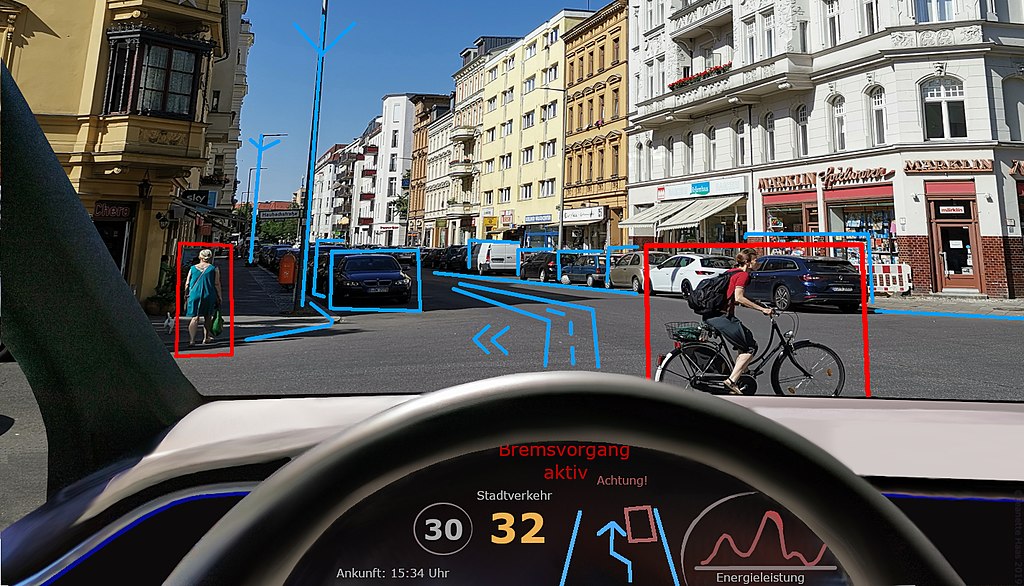A version of this article originally appeared in Axios
By Beau Woods
The remote assistance, telematics, wifi and other core systems of autonomous vehicles have vulnerabilities that could let adversaries control safety-critical components like steering, braking, and the engine.
The big picture: Complex, novel systems fail in complex and unpredictable ways. AVs and their supporting infrastructure form one of the most ambitious interconnected systems ever conceived, but this complexity is the enemy of security.
Consider the problems encountered in securing even simple connected devices like webcams, doorlocks and (in recent years) conventional cars. Now imagine strapping yourself into the passenger seat of an AV, with hundreds of computers, in hundreds of millions of cars, and billions more sensors in and around the road itself, all talking to each other and connected to the internet, through yet-to-be-finished technology and yet-to-be-finalized standards. It’s no wonder 75% of Americans are concerned about autonomous vehicle security.
Fortunately, we have roadmaps for success, drawing on experience in automotive safety engineering and other cybersecurity domains:
- Reducing attack surfaces — especially by eliminating capabilities and code unnecessary for normal or emergency operations — limits the frequency and impact of accidents and adversaries. Software development and debugging tools often remain in vehicles on the road, granting capabilities to adversaries without benefitting drivers.
- Isolating and segmenting safety-dependent components reduces the resources required to shield them from hazardous or hostile conditions. A hacked infotainment system should not allow for control of braking or steering.
- Securely deploying software updates across Ford, Tesla and other fleets increases flexibility and timeliness, at a lower cost than replacements with updated hardware.
Be smart: Security is among the most difficult issues for AVs. Where the once distinct domains of automobiles and cybersecurity have collided, good-faith collaboration can make new forms of mobility safer, sooner.
Beau Woods is a cyber safety innovation fellow at the Atlantic Council’s Scowcroft Center for Strategy and Security.
Image courtesy of Wikimedia user Eschenzweig (CC-BY-SA-4.0)



